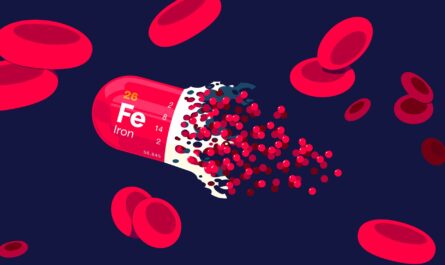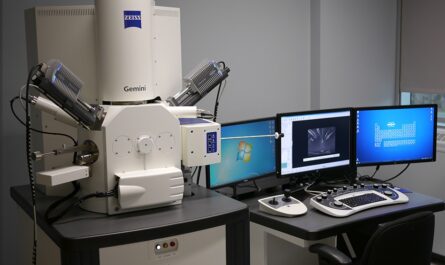
Reasons to Consider Medical Tourism
Cost Savings
Medical care can often cost significantly less when traveling abroad than in one’s home country. Many procedures that may be expensive to receive domestically can cost a fraction of the price when traveled abroad for care. For example, in some countries like India or Thailand, a procedure that may cost $50,000 in the United States could cost only $10,000 or less including travel and accommodation expenses. This allows people to access care they otherwise could not afford.
Shorter Wait Times
Public health systems in many countries face long wait times, sometimes as long as a year or more, to receive non-emergency procedures. By going abroad for care, one can often bypass these waitlists and receive treatment much sooner. Private hospitals in medical tourism destinations are not constrained by public system limits and have capacity to schedule procedures more quickly. This ensures faster access to care and avoids prolonged suffering.
Access to Advanced Care
Some highly specialized procedures, cutting edge technologies or uncommon treatments may not be readily available locally. However, destinations in the medical tourism have developed world-class facilities with the latest medical innovations and therapies. This provides options to access advanced care not otherwise possible in one’s home country.
Popular Specialties and Treatments Available
Cardiology – Procedures like heart bypass, angioplasty and valve replacements.
Oncology – Cancer treatments including chemotherapy, radiation therapy and clinical trials.
Fertility Treatments – IVF, surrogacy and egg/sperm donation services.
Orthopedics – Joint replacements, spinal and trauma surgeries.
Dentistry – Dental implants, crowns, bridges and cosmetic procedures.
Cosmetic Surgery – Facelifts, liposuction, breast augmentation and tummy tucks.
Organ Transplants – Kidney, liver and other transplant programs.
Accredited Hospitals and Quality of Care
Medical tourism destinations have invested heavily to develop world-class healthcare infrastructure on par with international standards. Hospitals promoting medical tourism are often accredited by prominent global organizations for their quality and safety. Doctors and support staff are highly trained and many have experience working in Western healthcare systems. With so much on the line, these facilities strive for excellent clinical outcomes to maintain their reputations. With proper research, patients can be assured of receiving high-quality care that meets their needs and expectations.
Choosing a Destination
Several countries have become top destinations for medical tourism due to their competitive advantages:
Thailand – Pioneered the industry, known for affordable costs and tourism attractions. Main centers are Bangkok and major beaches.
India – Very low costs, JCI accredited hospitals, major centers in Delhi, Mumbai and Chennai. Combined with popular tourism in places like Goa.
Singapore – Highly developed system, political stability, centers of excellence for advanced care, high costs but quality matches.
South Korea – World-class facilities and technologies, centered around Seoul, increasingly popular for dental/cosmetic work.
Mexico – Proximity to US, accredited hospitals in popular destinations like Mexico City, Cancun and Los Cabos.
Turkey – Advanced European care at lower costs, popular Istanbul and Antalya areas.
Planning for Medical Tourism
Choosing a Provider
Research accredited hospitals and clinics through medical tourism agencies or hospital websites. Consider expertise, success rates, accreditations, pricing transparency and patient services/support. Ask about doctors’ experience levels and request to speak to other medical tourists.
Check Travel Documents and Insurance Coverage
Ensure valid passports and travel/health insurance. Search for insurance plans catering to international patients. Policies should cover medical costs related to condition as well as travel/accommodation if care is prolonged.
Coordinate Appointments and Flights
Confirm all appointments and arrival dates/times directly with hospital or clinic. Book accompanying flights/hotels ensuring adequate time before/after procedures for assessments/recovery. Opt for travel insurance allowing date changes if needed.
Medical Records and Translation Help
Obtain records from prior providers for reference abroad. Inquire about translator support at consultations for non-English speakers. Carry advocacy letters from referring doctors if applicable.
Post-Procedure Check Ups
Most providers arrange a follow up consultation within a few weeks of returning home. Schedule any referrals to local physicians for ongoing care or complications. Request comprehensive discharge summaries back home.
Cultural and Lifestyle Considerations
Be aware of cultural norms in destination country. Many offer extensive wellness/spa packages to enrich recovery experience. Consider temperate weather year-round locations to aid relaxation. Adjust accommodations to mobility needs during recuperation as required.
Overall, medical tourism provides an innovative solution for accessing high-quality yet affordable healthcare beyond one’s local system limitations. With proper diligence in provider selection and trip planning, patients can achieve excellent clinical outcomes while enjoying a unique travel experience. Though still growing, the industry has matured to service millions each year in an increasingly safe, regulated and customer-focused manner.



